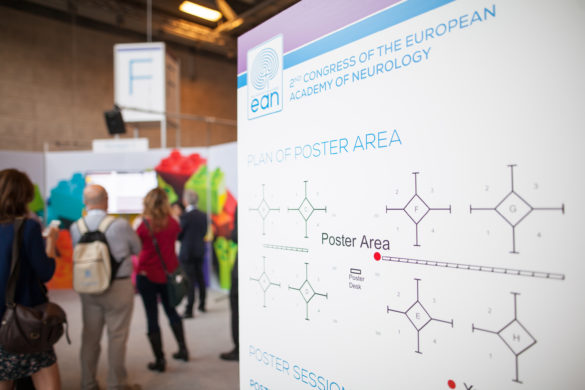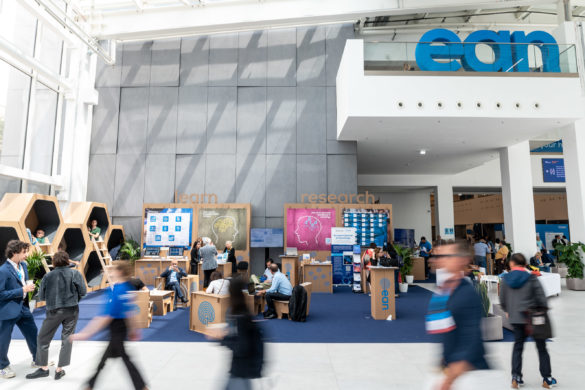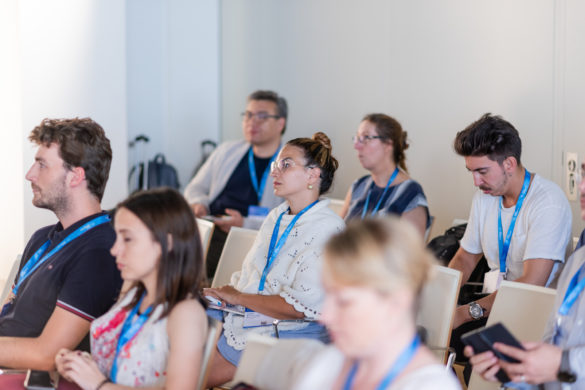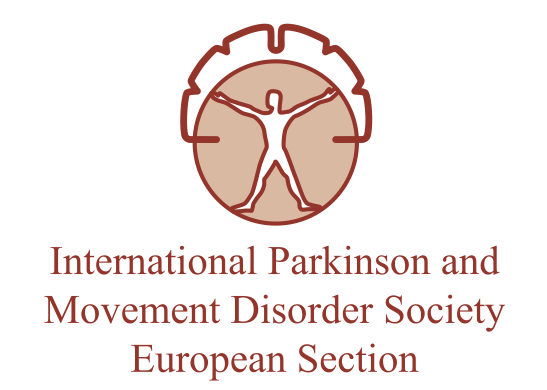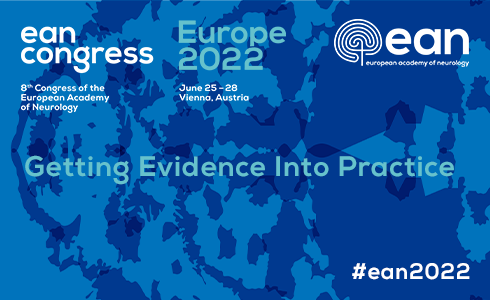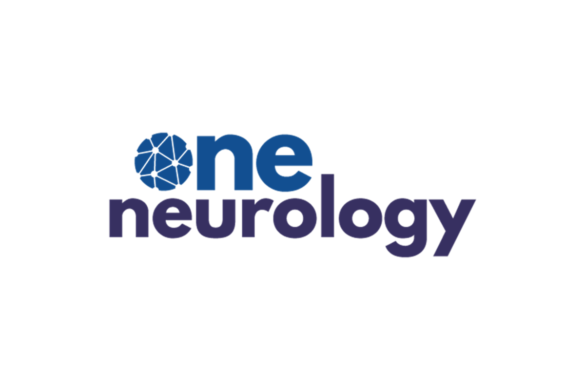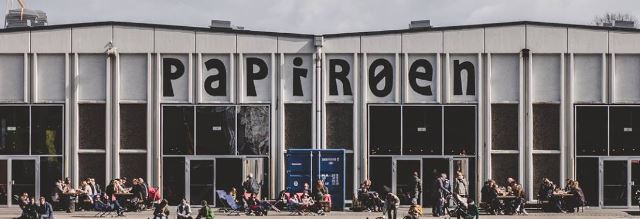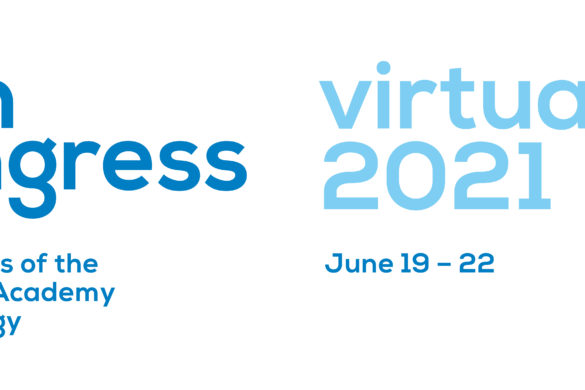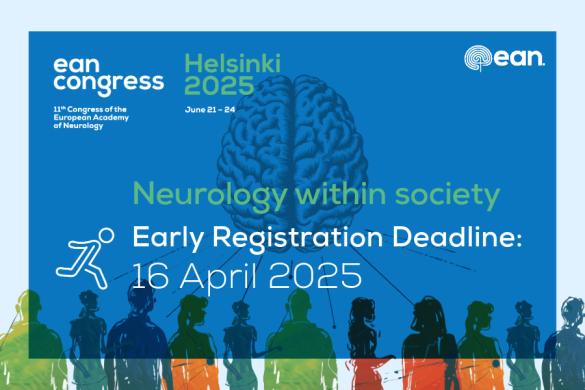Symposium 2
Neurostimulation, what can be achieved in…
Hall B, Sat, 2016-05-28 10.30-12.30
Chairpersons
Paul A.J.M. Boon, Ghent, BELGIUM
Sandra Boccard, Oxford, UNITED KINGDOM
- …movement disorders
Marie José D. Vidailhet, Paris, FRANCE - …epilepsy
Paul A.J.M. Boon, Ghent, BELGIUM - …chronic pain
Sandra Boccard, Oxford, UNITED KINGDOM
Movement disorders
In this lecture Prof. Vidailhet presented an overview of the current status of deep brain stimulation (DBS) in patients with movement disorders, with a special focus on dystonia. A summary of the short and long-term results obtained in different groups of patients was described, including DYT1 generalized dystonia, myoclonus-dystonia syndrome, Meige syndrome, PANK2, dystonia-choreoathetosis cerebral palsy and tardive dyskinesias. The new insights into the mechanisms of action of DBS as well as the still unexplained variability among patients over time were discussed. The lecture ended with a brief comment on the role of non-invasive neuromodulation, particularly the use of Transcranial Magnetic Stimulation (TMS). She highlighted the need for individualized approach in patient selection.
Epilepsy
This lecture focused on the applications of neurostimulation in refractory epilepsy. After a brief summary of the general clinical indications to these approaches, Prof. Boon gave an overview of the available predictors of outcomes for each technique, including vagus nerve stimulation, anterior nucleus of the thalamus DBS, and hippocampal DBS. The talk ended with future perspectives, including non-invasive vagus stimulation, trigeminal stimulation and TMS.
Chronic pain
This presentation started with an introduction on the historical background and the stimulation targets for DBS in patients with chronic pain, highlighting the somatotopic organization of the somaesthetic thalamic and periaqueductal gray matter regions. Prof. Boccard concluded with a brief summary of the current state of art regarding therapeutic targets for patients with generalized pain, particularly the anterior cingulate cortex.
Diana Aguiar de Sousa, MD, Portugal, RRFS




